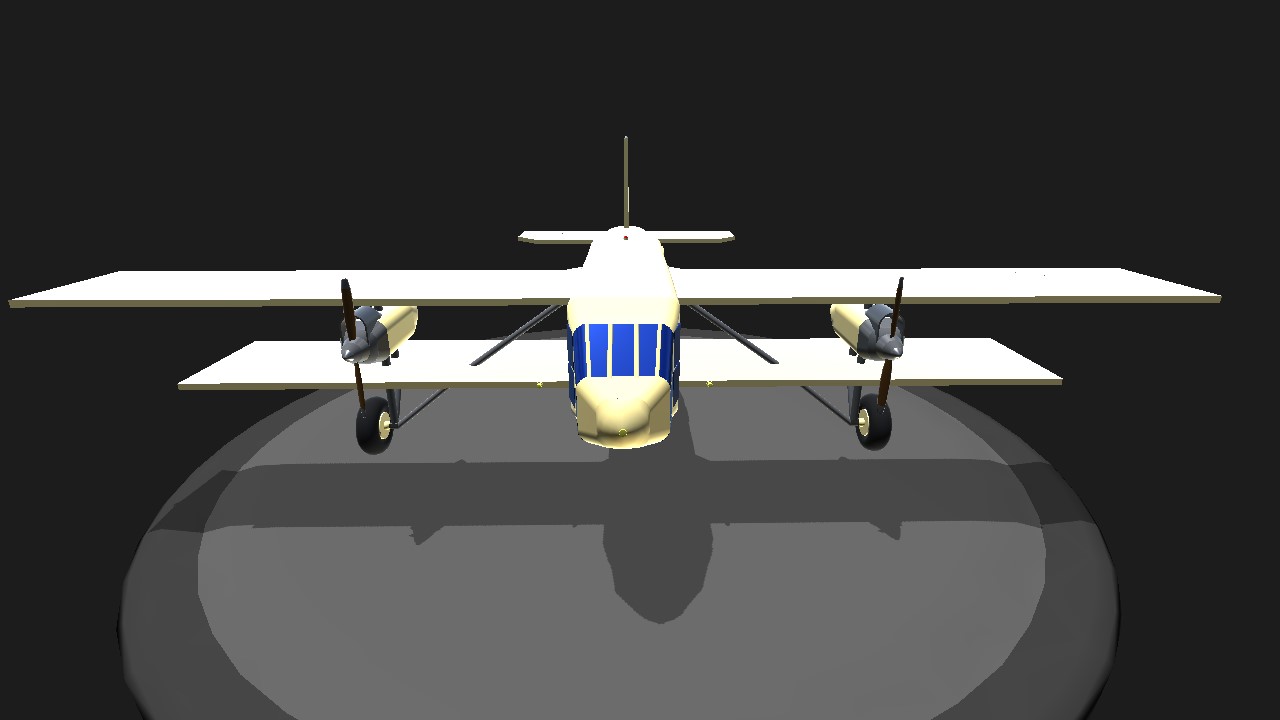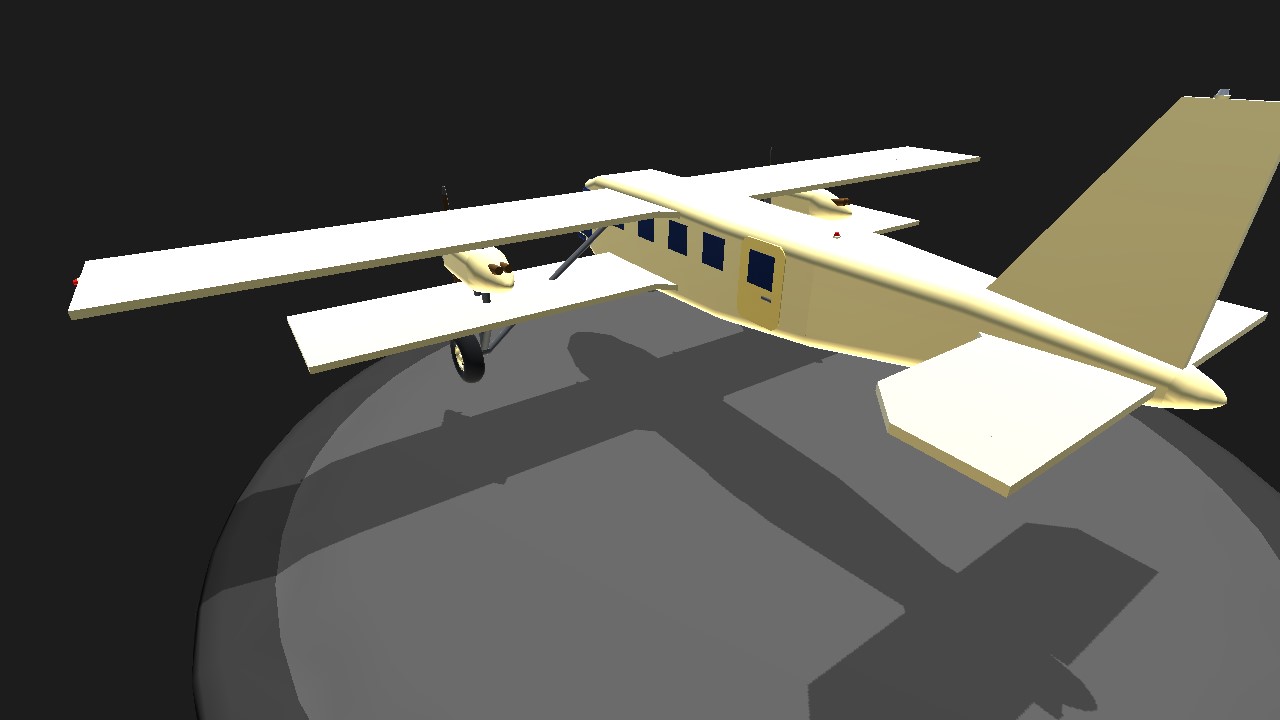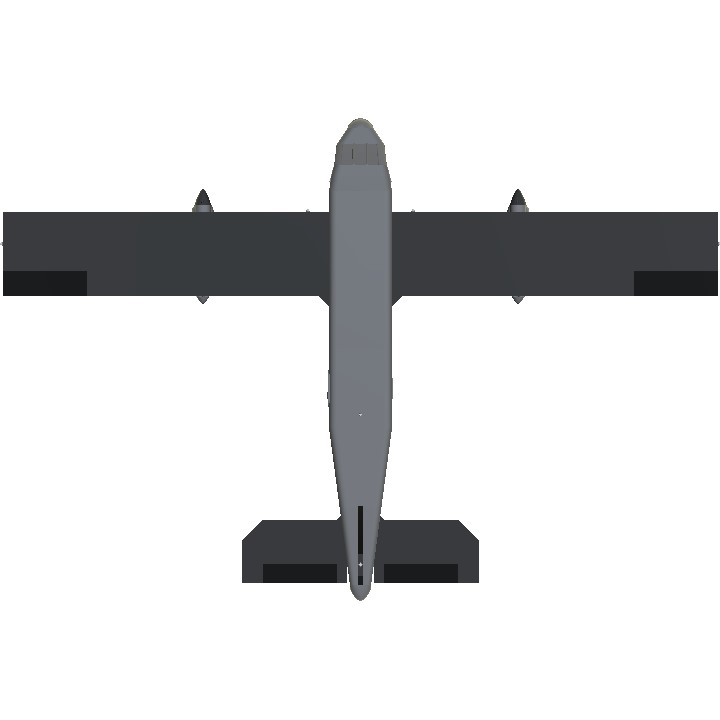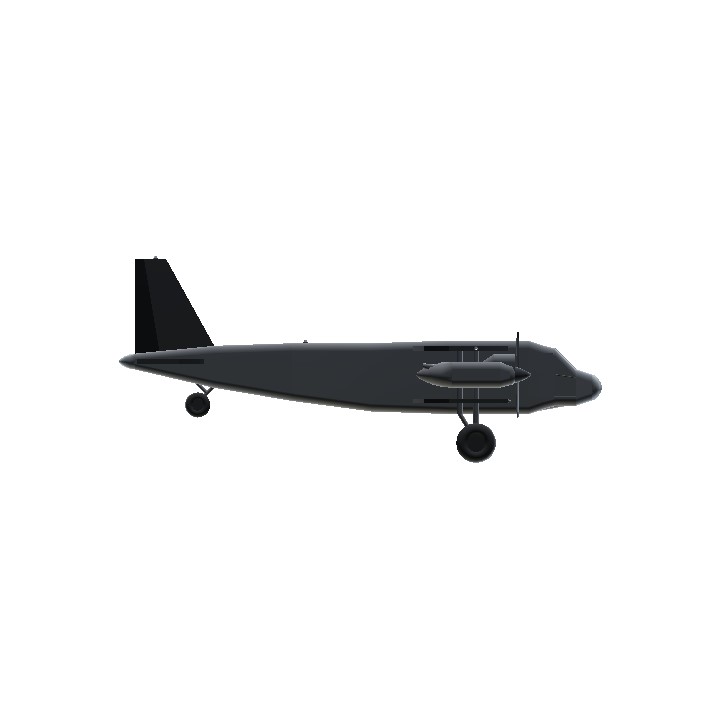The P2 Dragonfly series has started!
The P2A Dragonfly was Pavelania's first domestically produced airliner and eventually bomber. The P2A first flew in 1922 and counting the WHOLE P2 Dragonfly series, was produced until 1958. At first it was considered an airliner, but after WWII, PAC reclassed it as a light twin private airplane for personal use. The P2 is a large bi-plane, with twin engines between the wing sets, and in a taildragger configuration. It utilized twin, tuned-up NP-1 V4 200HP (300HP in S.P.), pull-started aero engines. The very first model, the P2A was the least produced variant for a number of reasons. The P2A originally suffered from being too tail-heavy and unbalanced. The fix was adding weights in the nose of the aircraft, but this weighed down the aircraft and needed at lest 200HP 2x (=400HP total) to power the aircraft. The P2A didn't have a great climb rate, was slow (about 78-90 knots cruise speed, or 90-110 MPH) and was severely underpowered, and couldn't carry it's full 8 passenger+cargo load that it was designed to do. The P2A specifically had many accidents primarily because of overloading the aircraft and because of it's underpowered NP-1's. The aircraft would reduce speed the minute the throttles were reduced, and could not maintain flying with one engine, even with 2 pilots only onboard. Nevertheless the P2 series after the flop of the P2A went on to be a success, especially as a private GA light twin after WWII that competed with the likes of the Ford Tri-motor and eventually the Beech 18. The P2 Was considered to be a very elegant and graceful looking airplane considering it's a '20's designed airplane. Even today it's still considered elegant. The P2 Dragonfly was very usefull for off-airport/bush flying thanks to it's rugged construction and eventual powerful engines (P2C Particullarly) and the spectacular view from the side and bottom windows in the cockpit. The Dragonfly was also known for being one of the cheapest twin aircraft a pilot could buy for private use, or even charter use. This made it extremely successful until it couldn't compete with the faster GA planes of the 50's and 60's like the Beech Bonanza or Mooney. Production ended in '58.
There are only a handfull of P2A's, which are considered rare nowadays and are primarily flown by museums or warbird groups. There are still plenty of P2B's and P2C's nowadays that are very cheap, and people have even modified them with turboprops like the PT6A.
I LOVE How the fuselage came out with this airplane, especially the front cockpit high-visibilty windows. I also added alot of detail into this plane including the rear entrance door, the elegant exhaust pipes, and a realistic-looking engine pod with the typical radiator on the NP-1. I decided to call it the Dragonfly because of it's wingsets and long fuselage+tail which I thought looked akin to a Dragonfly. lol
AG-1 = Nav, Beacon, Strobe lights
AG-2 = Landing Lights
Enjoy and happy flying!
Specifications
General Characteristics
- Created On Windows
- Wingspan 56.2ft (17.1m)
- Length 37.7ft (11.5m)
- Height 16.1ft (4.9m)
- Empty Weight 7,787lbs (3,532kg)
- Loaded Weight 13,104lbs (5,944kg)
Performance
- Horse Power/Weight Ratio 0.053
- Wing Loading 18.9lbs/ft2 (92.1kg/m2)
- Wing Area 694.6ft2 (64.5m2)
- Drag Points 5180
Parts
- Number of Parts 110
- Control Surfaces 7
- Performance Cost 428







Lol same. @JohnnyBoythePilot
@jamesPLANESii
Yea the wide stance will probably promote stress, cracks and tears (fabric) later on in the plane's life and will probably happen sooner than most planes. But IDK I kinda like that wide stance. Also thanks for the upvote!
Fun fact: This plane was originally designed/made in Minecraft back when I used to play it alot of Minecraft (Don't really play Minecraft anymore, more of SimplePlanes and FSX).
Looks nice! If I were you I would have made the engines and the landing gear closer to the fuselage. It doesn't quite look right...
@TheGabster64
Thanks! I actually never intended to have a view from behind the cockpit windows. I just made the cockpit part really small, and using fine tuner and overload I moved it inside and behind the glass so it looks like your flying from inside. Basically a crude cockpit.
Epic cockpit too
Kk @JohnnyBoythePilot
@TheGabster64
Thank you for the upvote!
Also, despite it's slow speed, it's very easy to fly for it's size.
Because of it's fuselage, it was also nicknamed by many pilots and mechanics "the bus".